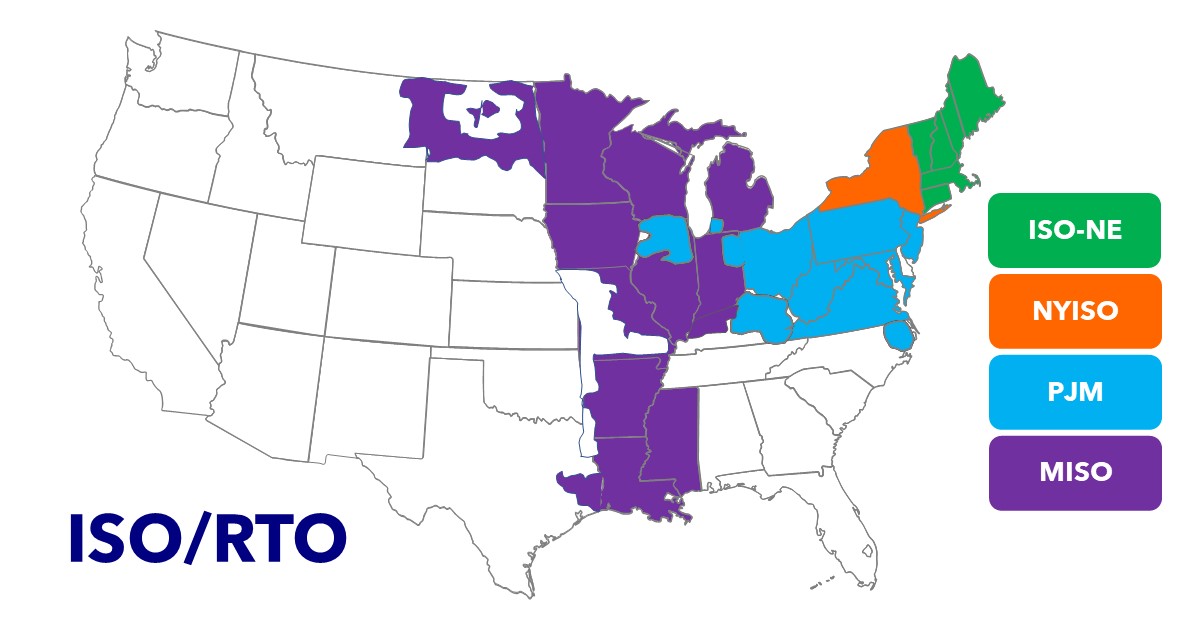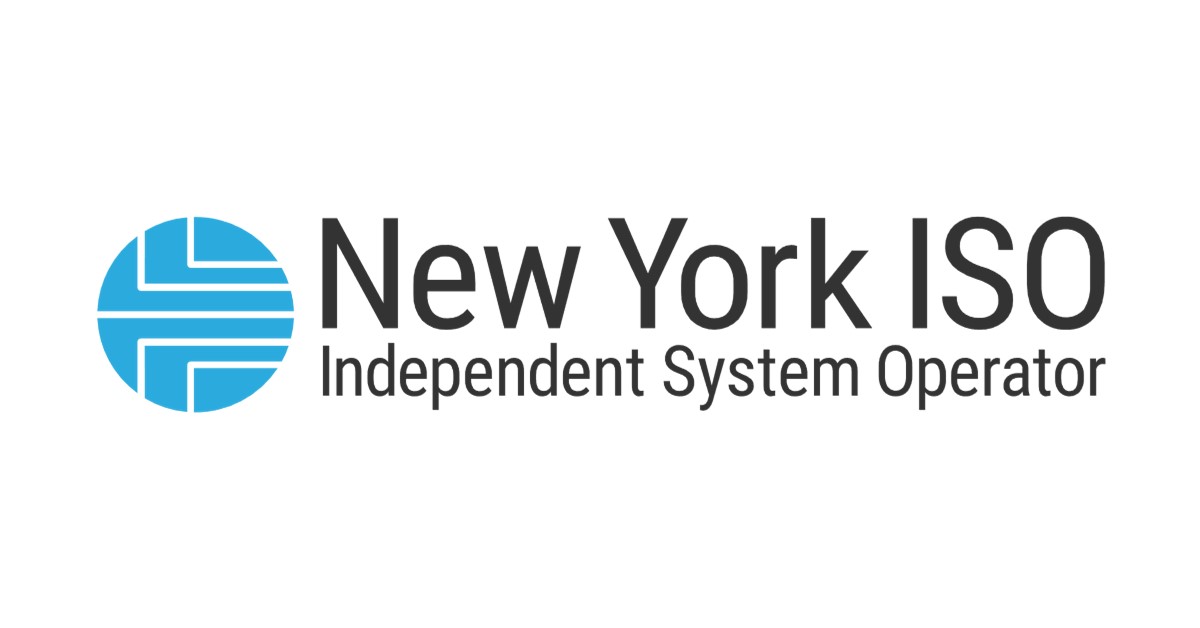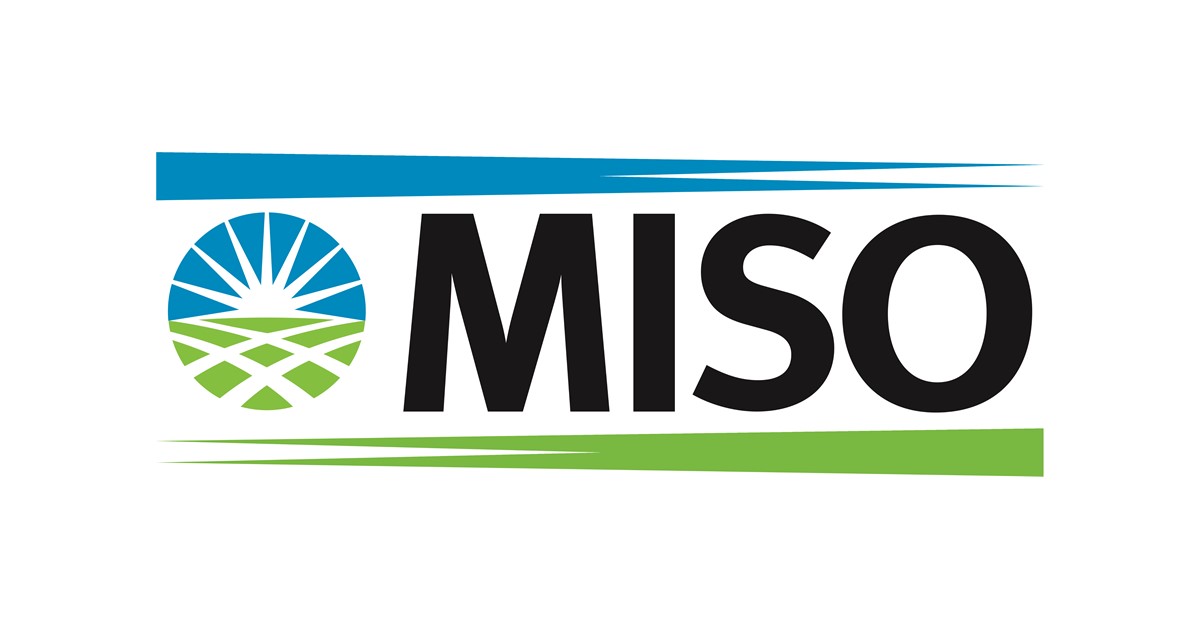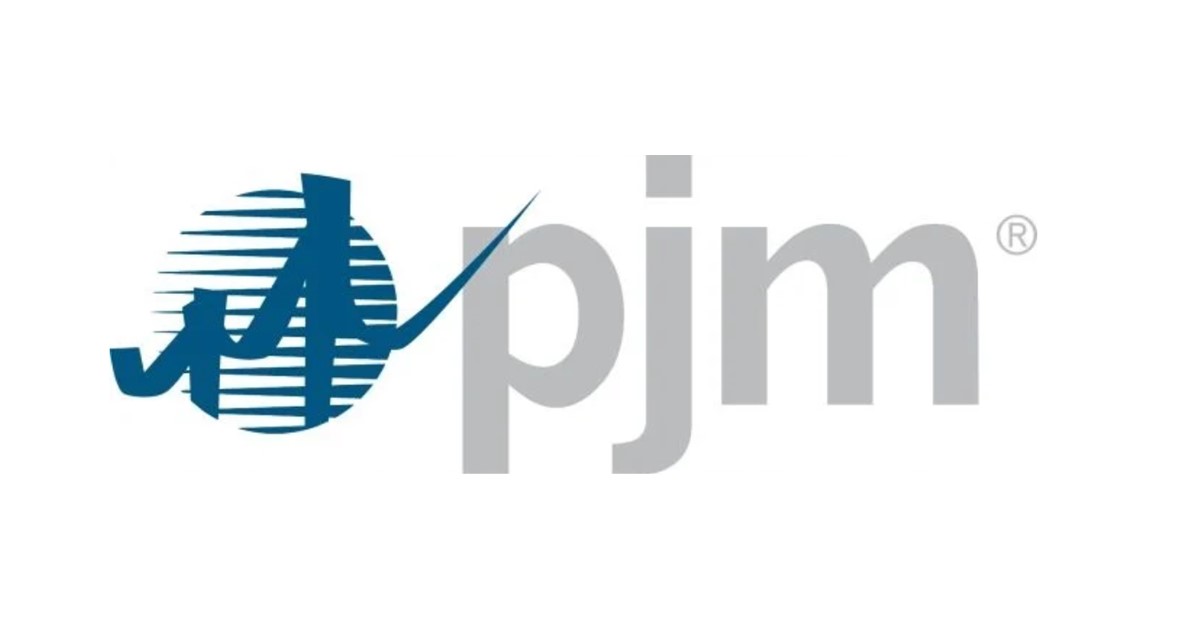Benchmark Energy Research® coverage focused on PJM, NYISO, ISO-NE & MISO
ESAI Power provides in-depth, fundamentals-based analysis and insights into the U.S. wholesale power markets, including PJM, NYISO, ISO-NE, and MISO. Our Benchmark Energy Research platform offers timely updates on critical market events, long-term price forecasts, and comprehensive coverage of capacity, energy, emissions, transmission, renewable energy, and tracking of both the Interconnection Queues and power plant retirements.
By leveraging ESAI Power’s Benchmark Energy Research, private equity and infrastructure investors, IPPs, Lenders, developers, and power markets traders gain the clarity and confidence they need to make more informed investment decisions in the rapidly changing US power markets.
ISO-NE
ISO New England Inc. (ISO-NE) is an independent, non-profit Regional transmission organization (RTO), serving virtually all of the New England states; Connecticut, Maine, Massachusetts, New Hampshire, Rhode Island, and Vermont. ISO-NE oversees the operation of the 32,000 megawatt bulk electric power system and transmission lines in New England, generated and transmitted by its member utilities. The ISO-NE grid does not extend to remote parts of eastern and northern Maine in Washington and Aroostook Counties. In these areas, residents receive their electricity from Canadian providers such as NB Power and Hydro-Québec. ISO-NE is headquartered in Holyoke, Massachusetts, and was created in 1997 as a replacement for the New England Power Pool (NEPOOL), which was created in 1971.
NYISO
The New York Independent System Operator (NYISO) operates New York State’s bulk electricity grid, administers the state’s wholesale electricity markets, and provides comprehensive reliability planning for the state’s bulk electricity system. NYISO has a Total Resource Capability of approximately 41,071 megawatts. NYISO began operating in 1999 and is based in Rensselaer, NY.
MISO
Midcontinent Independent System Operator (MISO) is an independent, not-for-profit, member-based organization responsible for operating the power grid across 15 U.S. states (Arkansas, Illinois, Indiana, Iowa, Kentucky, Louisiana, Michigan, Minnesota, Mississippi, Missouri, Montana, North Dakota, South Dakota, Texas, and Wisconsin) and the Canadian province of Manitoba. Over 42 million people are served by MISO to generate and transmit electricity. MISO has a market capacity of 186,986 MW of electricity across 72,000 miles of transmission lines. In addition to managing the power grid within our region, MISO administers the buying and selling of electricity and partners with members and stakeholders to plan the grid of the future.
PJM
PJM Interconnection LLC (PJM) is a regional transmission organization (RTO) serving all or parts of 13 states, including Delaware, Illinois, Indiana, Kentucky, Maryland, Michigan, New Jersey, North Carolina, Ohio, Pennsylvania, Tennessee, Virginia and West Virginia, plus the District of Columbia. PJM serves 65 million customers, with 84,236 miles of transmission lines, 180,086 megawatts of generation capacity and 369,089 square miles of territory. Started in 1927, this energy pool was renamed the Pennsylvania-New Jersey-Maryland Interconnection (PJM) in 1956. PJM is headquartered in Valley Forge, Pennsylvania
Benchmark Energy Research coverage for PJM, NYISO, ISO-NE and MISO
ESAI’s Power Markets Coverage
ESAI Power’s Benchmark Energy Research provides clients with data driven analytics for buying, and investing in power market assets and making investment and trading decisions in the Northeast Power Markets – ISO New England (ISO-NE), New York ISO (NYISO), and PJM Interconnection (PJM). ESAI provides Capacity market coverage and Interconnection queue tracking for the Midcontinent ISO (MISO).
Contact Us
Please contact us for more information about our research product publications or our consulting services.





